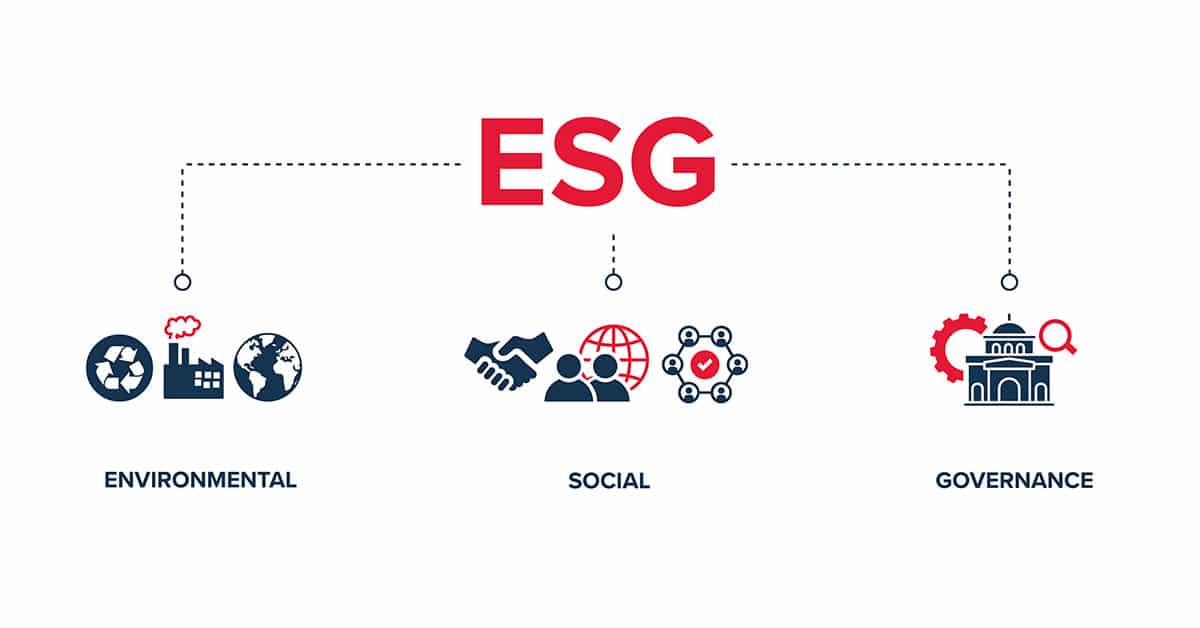ESG — environmental, social and governance — has quickly become one of the primary concerns in business, including in manufacturing. Business owners, managers and stakeholders are all impacted by ESG, which can have a major impact on compliance, operations and the bottom line. While the “E” of ESG — environmental — is the most directly applicable area for manufacturing, social and governance concerns should remain a priority as well.
In this article, we will take a closer look at ESG in manufacturing, examining why it is important, how it can be addressed and how an ESG manufacturing program can operate most effectively.
Why is ESG important?
Over the past several years, ESG has become a major consideration in business operations and decision-making across all industries. There are several reasons for this:
- Growing and more immediate concern over the environment and sustainability
- High-profile examples of the risks and consequences of lax corporate governance practices
- Increased social unrest and expectations of corporate stewardship and responsibility
As these concerns have grown, their impact on business practices has increased as well. ESG can affect a company’s performance and success in the following ways, to name a few:
- As investors direct capital to businesses with strong sustainability and environmental records, companies without a strong ESG program can fall behind.
- Many lucrative contracts, including government contracts, now have ESG requirements.
- Companies that lag in ESG may fall into noncompliance with regulatory requirements, now or in the future.
- The company reputation may suffer as a result of poor ESG practices.
- Workers may be more likely to want to work for a company with a strong ESG track record.
These factors apply across nearly all industries, from large corporations to small- and medium-sized businesses. Thus, ESG in manufacturing should be an important consideration for every manufacturer. Read on to learn how to build and implement an ESG manufacturing program.
Building an ESG program
For many companies, ESG in manufacturing industry applications will represent a new consideration that necessitates a new strategy. This strategy must then be disseminated into processes and practices throughout the company.
The first step in developing an ESG strategy should be defining the “why” — that is, why is the company pursuing ESG now? This should go beyond simply, “Because we have to” — there are a number of potential benefits that ESG can provide. Consider:
- ESG can help to attract “green manufacturing” investment capital.
- ESG can help with recruiting efforts, especially for younger workers.
- ESG can help meet regulatory and compliance requirements.
- ESG may help companies qualify for tax benefits and other considerations.
- ESG can create more efficiency, innovation and transparency throughout the organization.
- ESG can position the company at the vanguard of this sea change in business.
Examine the current state of the business, the company’s mission and the potential objectives and outcomes that seem most compatible with the business, with the concerns of management and stakeholders, and any combination of the above. From there, you can define the objectives of your ESG implementation and begin to develop a strategy to meet those objectives.
How to meet ESG expectations
With a defined ESG strategy, you are now ready to define how ESG will be applied to current processes, and how it will inform new ones. Key ESG process considerations include:
- Collect, report and disclose ESG performance data: An ESG program must be data driven for several reasons: to help prove compliance, to help show the steps the company has taken to meet its goals and to help to measure the return on investment for the business, to name a few. Data is the only way to accurately track results in these areas, especially if the company is working toward measurement-focused goals like net zero manufacturing. It is important to not only collect the data, but to have the right tools and personnel available to analyze and report on the data. The data must also be readily available for auditors, finance personnel and any other regulatory or compliance requirements.
- Work with the right suppliers: Supply chain is one of the prime areas in which ESG makes an impact. It is often not enough for a manufacturer to adjust its own practices to meet environmental and other goals — the company must ensure that it is working with other businesses that are doing the same. ESG, especially the environmental component, is almost always measured by overall impact, and supply chain is a major consideration in that area.
- Optimize processes with digital workflows: Digital workflows can help to provide transparency and efficiency in production processes and business operations alike, helping to reduce the company’s carbon footprint and gain greater insight into performance.
- Utilize technology for data collection: In manufacturing with ESG, the right technology is critical to being a data-driven manufacturer. This includes industrial sensors, edge computing capabilities, wireless communication throughout the facility, remote monitoring and analytics tools, and more.
This overview of ESG provides you with the understanding you need to begin considering your own practices, and the steps needed to prepare your business for any potential changes that it may require.


